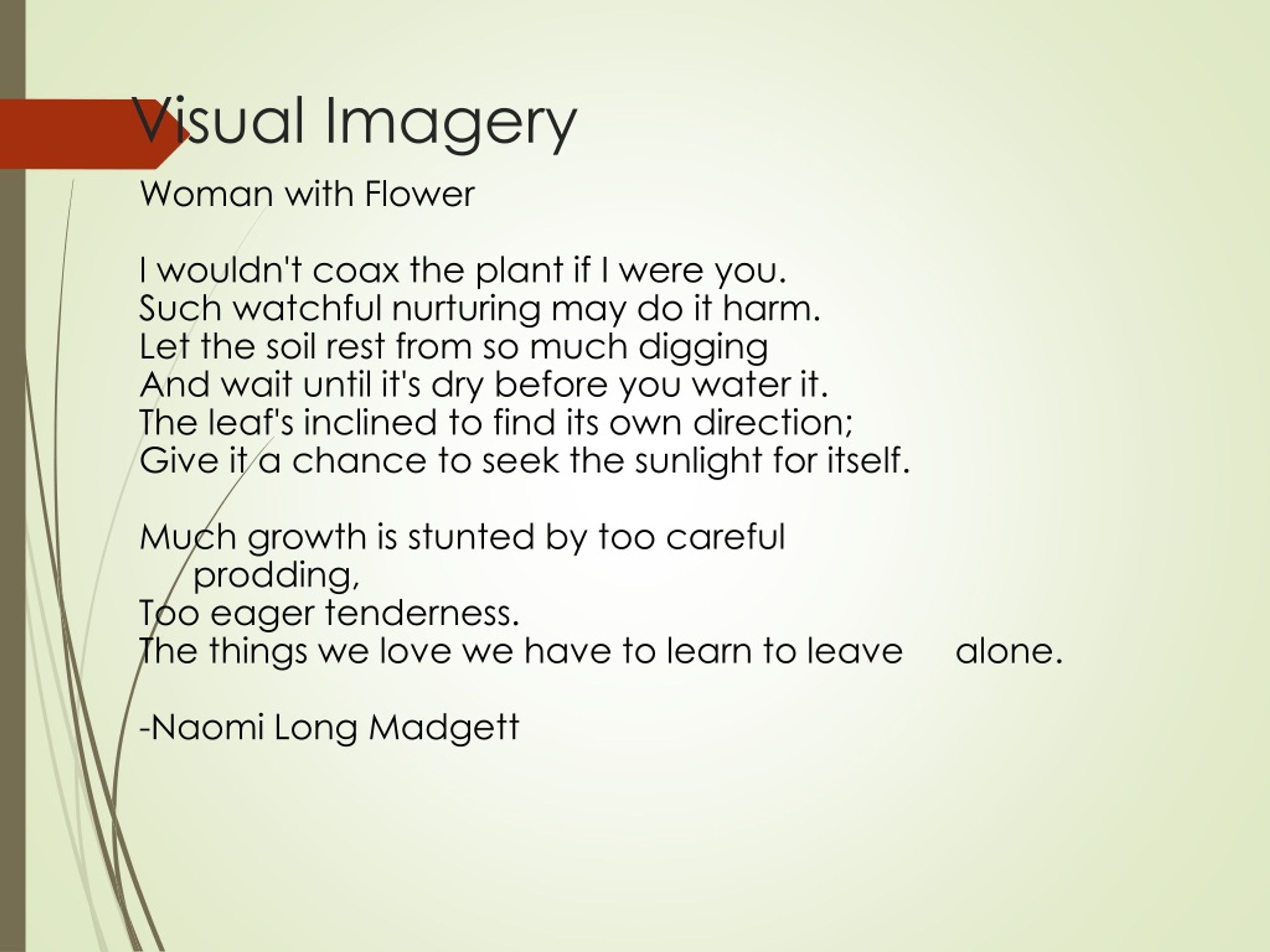
In the hard-packed dirt of the midway, after the glaring lights are out and the people have gone to bed, you will find a veritable treasure of popcorn fragments, frozen custard dribblings, candied apples abandoned by tired children, sugar fluff crystals, salted almonds, popsicles, partially gnawed ice cream cones and wooden sticks of lollipops. In this excerpt from the novel-turned-film by Winston Groom, Forrest describes the sting of the rain-and all the different ways it came down on them in Vietnam. It came sidewise an straight down an sometimes even seem to come up from the groun. It was little stingin rain sometimes, an big ole fat rain at others. We went thru ever different kind of rain they is, cep’n maybe sleet or hail. It commenced rainin one day an did not stop for two months. What Are Some Examples of Imagery?īelow are several examples of imagery from famous works of literature. Even the subtlest of sounds can help set the scene and place readers right in the middle of the action.Įxample: She awoke to the chirping of birds and the soft whisper of a breeze as it passed through the tree outside her window. Auditory ImageryĪuditory imagery describes sounds, from shrill cries to whispering winds. From the softness of cashmere to the biting cold of a December night, good tactile imagery helps readers to feel that they are part of the scene, and makes the characters’ experiences more relatable.Įxample: A gust of cold wind pierced her body. Tactile imagery appeals to our sense of touch. It often works hand in hand with olfactory imagery (what’s taste without smell after all?) and should appeal to reader’s tastebuds.Įxample: As he bit into the juicy burger, a variety of spices danced upon his tongue. So if you’re writing a scene about food, for example, be sure to use descriptive words that will have your readers’ mouths watering.Įxample: The sweet aroma of the freshly baked chocolate chip cookies wafted from the kitchen to the living room, causing Greg’s stomach to rumble.

Don’t underestimate what the power of a good aromatic description can do-science tells us that smell is one of our strongest links to the past. Olfactory imagery appeals to our sense of smell. That means using vivid imagery and sensory details to make your reader see the scene for themselves.Įxample: The moonlight shone over the lake and reflected in her big, dark eyes. When you’re writing a scene, whether you’re describing a person, place, or thing, it’s best to show instead of tell. Visual imagery is the most obvious and typical form of imagery. The 5 different types of imagery correspond with the five senses: visual, olfactory (smell), gustatory (taste), tactile (touch), and auditory (sound). Though figurative langauge can be used to describe the visual appearance of something, imagery also refers to vivid descriptions of sounds, tastes, physical sensations, and smells. The term imagery can be a bit misleading. Imagery is a literary device that uses figurative language to describe objects, actions, and ideas in a way that appeals to the physical senses and helps readers to picture the scene as if it were real.


Read on for more on its definition and 5 different types, as well as examples from literature. Great imagery is what gives readers a sensory experience they won’t soon forget.
Whether you’re a writer or a reader, you probably know that the best writing can make you feel like you’re right there in the scene next to your favorite characters.Īuthors who achieve this can make it look seamless, but it usually doesn’t just happen that way to really grab readers and make them feel like part of the story, you’ll need to be precise with your word choice and learn to master imagery.


 0 kommentar(er)
0 kommentar(er)
